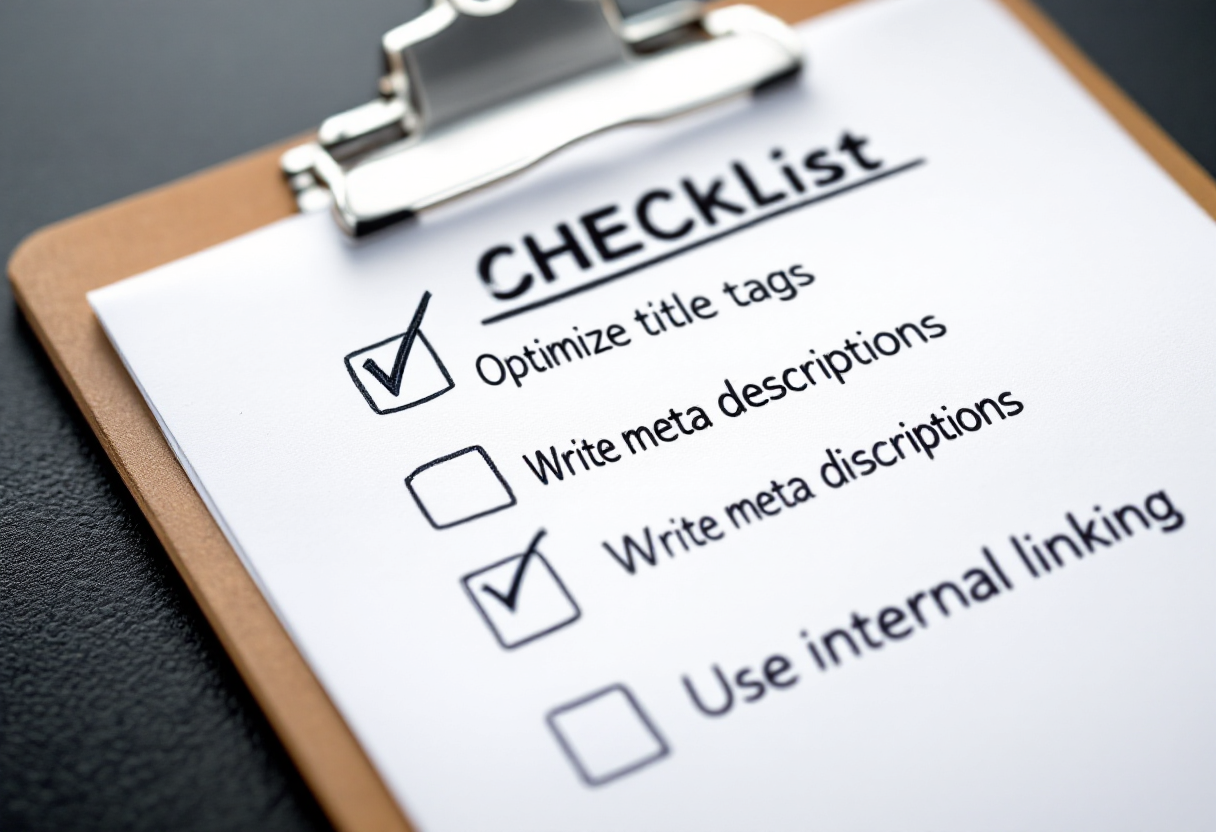
How to Rank Your Blog Posts in 2025: A Digital Marketing Expert’s Guide
- Amelia Stone
- 0
- Posted on
Hello there! Amelia Stone here, and after years in the trenches of digital marketing – from the dizzying heights of being a CMO to the daily grind of freelance writing – I’ve learned a thing or two about getting blog posts to rank. And let me tell you, it’s not just about throwing keywords at a page and hoping for the best. We’re living in 2025, April 28th, and Google’s algorithm is smarter than ever. So, let’s dive into the real nitty-gritty of crafting blog posts that not only get seen but also provide genuine value to your audience. Because, at the end of the day, that’s what really matters.
Understanding the SEO Landscape in 2025
First, let’s be clear: SEO isn’t some mystical art. It’s a blend of understanding what your audience is searching for, how search engines interpret that, and then crafting content that satisfies both. Forget the old days of keyword stuffing; Google’s way too sophisticated for that now. It’s about relevance, authority, and user experience. And, honestly, if you focus on those three things, you’re already halfway there.
Keyword Research: Beyond the Obvious

Keyword research is still the bedrock of SEO, but it’s evolved. You need to think beyond the obvious, high-volume keywords that everyone else is targeting. Instead, focus on long-tail keywords – longer, more specific phrases that your ideal reader is actually typing into Google. Think “best organic coffee beans for cold brew” instead of just “coffee beans.” Tools like Ahrefs, Semrush, and even good old Google Keyword Planner can help you unearth these gems.
But it’s not just about finding the right keywords; it’s about understanding the intent behind them. Are people looking for information? A product to buy? A solution to a problem? Your content needs to directly address that intent. For example, someone searching for “how to fix a leaky faucet” isn’t going to be thrilled if they land on a page selling new faucets. They want a step-by-step guide! Make sense?
Crafting Content That Google (and Your Readers) Will Love
Okay, you’ve got your keywords. Now comes the fun part: writing! Here’s where you really need to put on your “human” hat. Google is getting increasingly good at understanding natural language. Write like you’re talking to a friend, not a robot. Seriously.
- Headlines that Hook: Your headline is the first (and sometimes only) impression you make. It needs to be clear, compelling, and include your target keyword (ideally near the beginning). Think about what would make you click on a link in a search result.
- Structured for Readability: Break up your text with headings, subheadings, bullet points, and images. No one wants to read a giant wall of text. Make it easy on the eyes!
- In-Depth, Actionable Content: Aim to provide real value. Don’t just regurgitate what everyone else is saying. Share your own unique insights, experiences, and advice. The more helpful and comprehensive your content, the more likely people are to share it and link to it.
On-Page Optimization: The Devil is in the Details

On-page optimization is all about telling Google what your content is about. It’s like giving the algorithm a helpful little cheat sheet. Here’s what you need to nail:
- Title Tags: This is the title that appears in search results. Keep it under and include your target keyword.
- Meta Descriptions: This is the short snippet of text that appears under your title in search results. Write a compelling description that entices people to click. Think of it as your ad copy!
- Header Tags (H1, H2, H3, etc.): Use these to structure your content and signal to Google what your main topics are. Include keywords where relevant, but don’t overdo it.
- Image Optimization: Use descriptive file names and alt text for your images. This helps Google understand what your images are about and can also improve your image search rankings.
- Internal Linking: Link to other relevant pages on your website. This helps Google crawl your site more efficiently and also helps to distribute link juice (authority) throughout your site.
Don’t Forget About Mobile
Seriously, this is 2025. If your website isn’t mobile-friendly, you’re basically invisible to a huge chunk of the population. Make sure your site is responsive and that your content looks good on all devices. Google uses mobile-first indexing, which means it primarily uses the mobile version of your site for indexing and ranking.
Building Authority: E-E-A-T
Google is increasingly focused on E-E-A-T: Experience, Expertise, Authoritativeness, and Trustworthiness. This means you need to demonstrate that you know what you’re talking about and that your content is accurate and reliable. How do you do that?

- Showcase Your Experience: Share your own personal experiences and insights.
- Demonstrate Expertise: Back up your claims with data, research, and citations.
- Build Authority: Get other reputable websites to link to your content.
- Establish Trustworthiness: Be transparent about your sources and disclose any potential conflicts of interest.
The Long Game
Let’s be real, ranking on Google’s first page isn’t an overnight process. It takes time, effort, and consistency. Don’t get discouraged if you don’t see results immediately. Keep creating high-quality content, keep optimizing, and keep building your authority. And remember, SEO is a marathon, not a sprint. Now get out there and start writing some awesome blog posts!